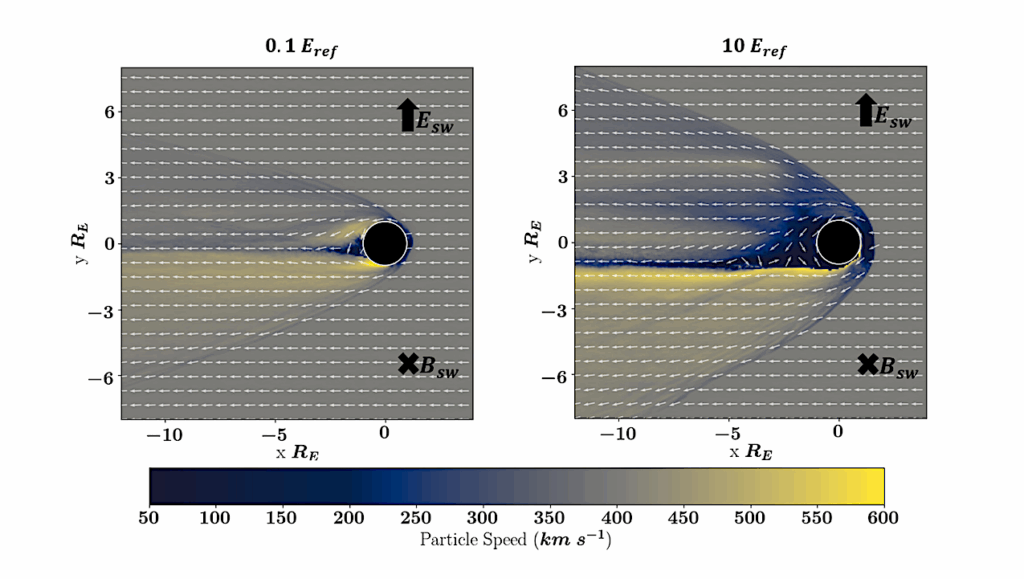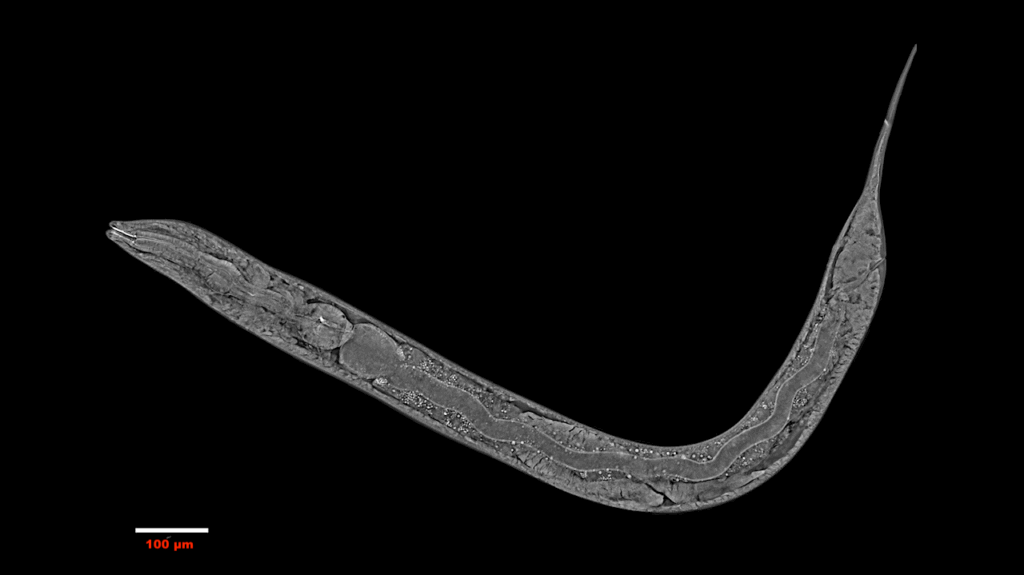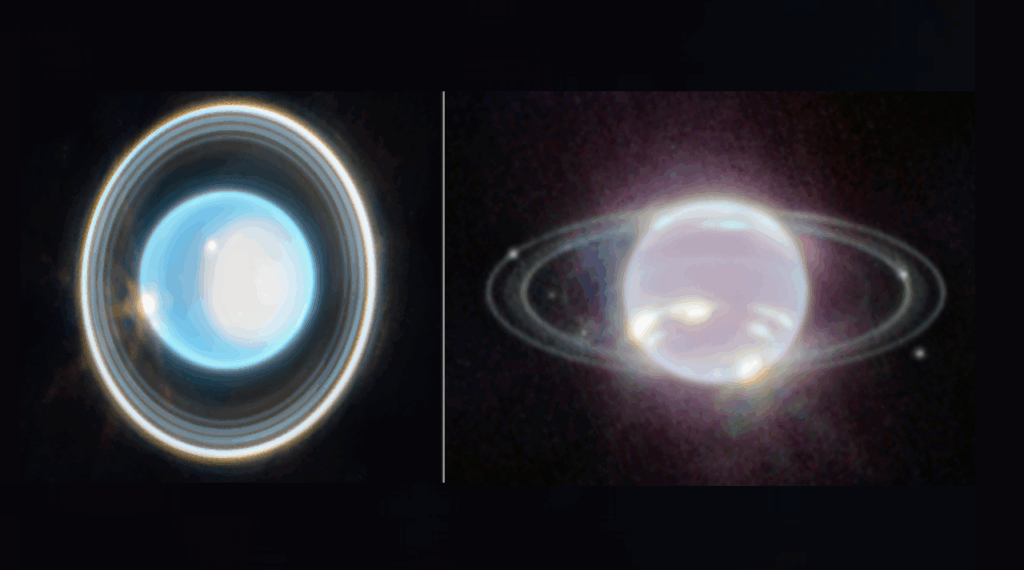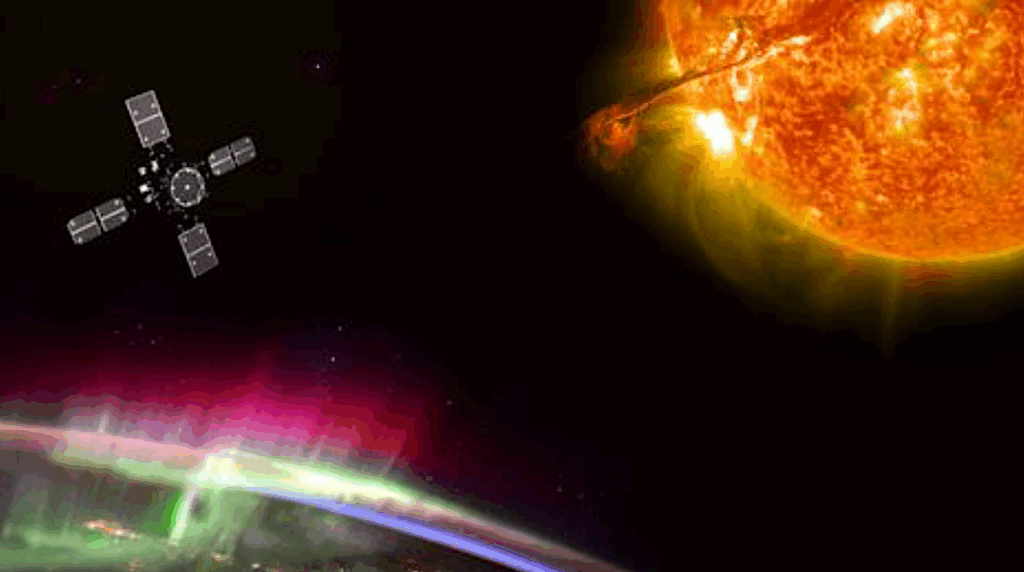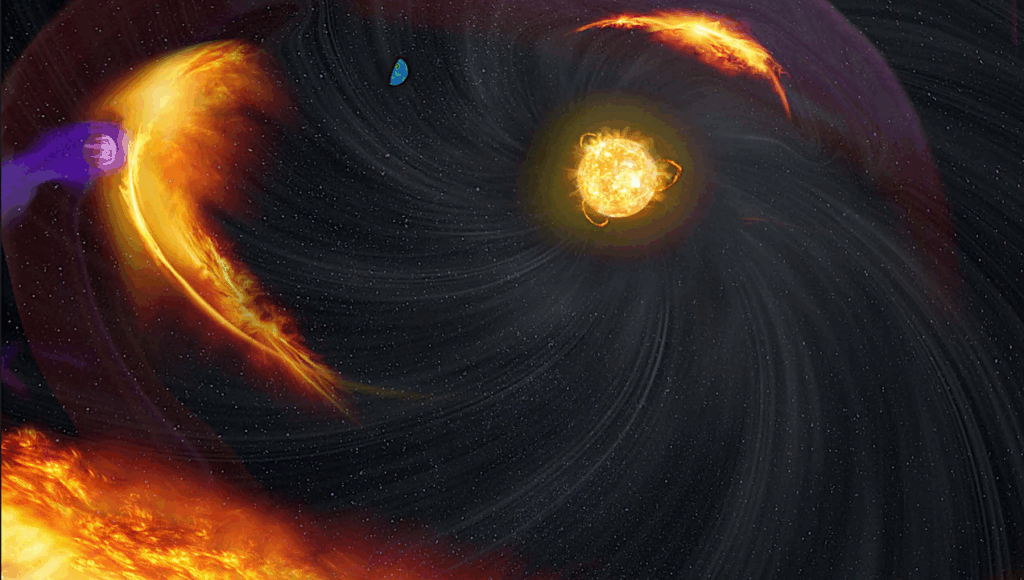Properties Of Mars’ Dayside Low-Altitude Induced Magnetic Field And Comparisons With Venus
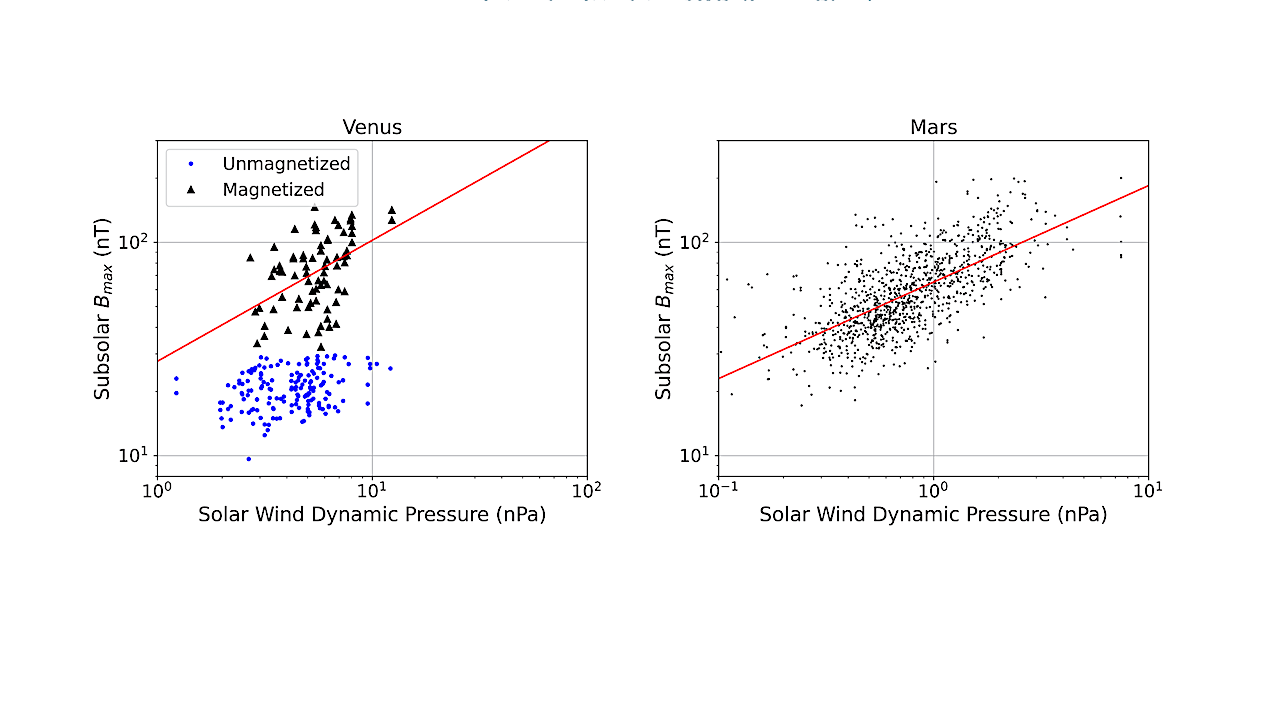
Our research objective is to characterize Mars’ low-altitude (250 km) induced magnetic fields using data from NASA’s MAVEN (Mars Atmosphere and Volatile EvolutioN) Mission.
We aim to assess how the induced magnetic fields behave under different solar zenith angles and solar wind conditions, and additionally, understand how planet-specific properties (such as Mars crustal magnetism) alter the formation and structure of the magnetic fields. We then use data from the Pioneer Venus Orbiter to compare induced magnetic fields at Venus with those at Mars.
At Venus, the vertical structure of the magnetic field tends to exist in one of two states (magnetized or unmagnetized) but we find the induced fields at Mars are more complicated, and we are unable to use this simple classification scheme.
We also find the low-altitude induced field strength in the ionospheres of both Venus and Mars vary with as cosine of the angle between solar wind velocity and the magnetic pileup boundary. The low-altitude field strength at Venus tends to be higher than Mars. However, Venus field strengths are lower than theoretical predictions assuming pressure balance and negligible thermal pressure.
For Mars, low-altitude field strengths are higher than expected given these assumptions. Induced field strengths exhibit a trend with solar wind dynamic pressure that is consistent with pressure balance expectations at both planets, however there is significant uncertainty in the Venus fit due to lack of upstream solar wind data. Our results highlight major differences between the induced magnetic fields at Venus and Mars, suggesting planet-specific properties such as size and the presence of crustal magnetism affect the induced ionospheric magnetic fields at non magnetized planets.
Susanne Byrd, Zachary Girazian
Comments: 20 pages, 7 figures. To be submitted to AGU Journal
Subjects: Space Physics (physics.space-ph); Earth and Planetary Astrophysics (astro-ph.EP)
Cite as: arXiv:2311.18217 [physics.space-ph] (or arXiv:2311.18217v1 [physics.space-ph] for this version)
Submission history
From: Susanne Byrd
[v1] Thu, 30 Nov 2023 03:21:34 UTC (1,001 KB)
https://arxiv.org/abs/2311.18217
Astrobiology


